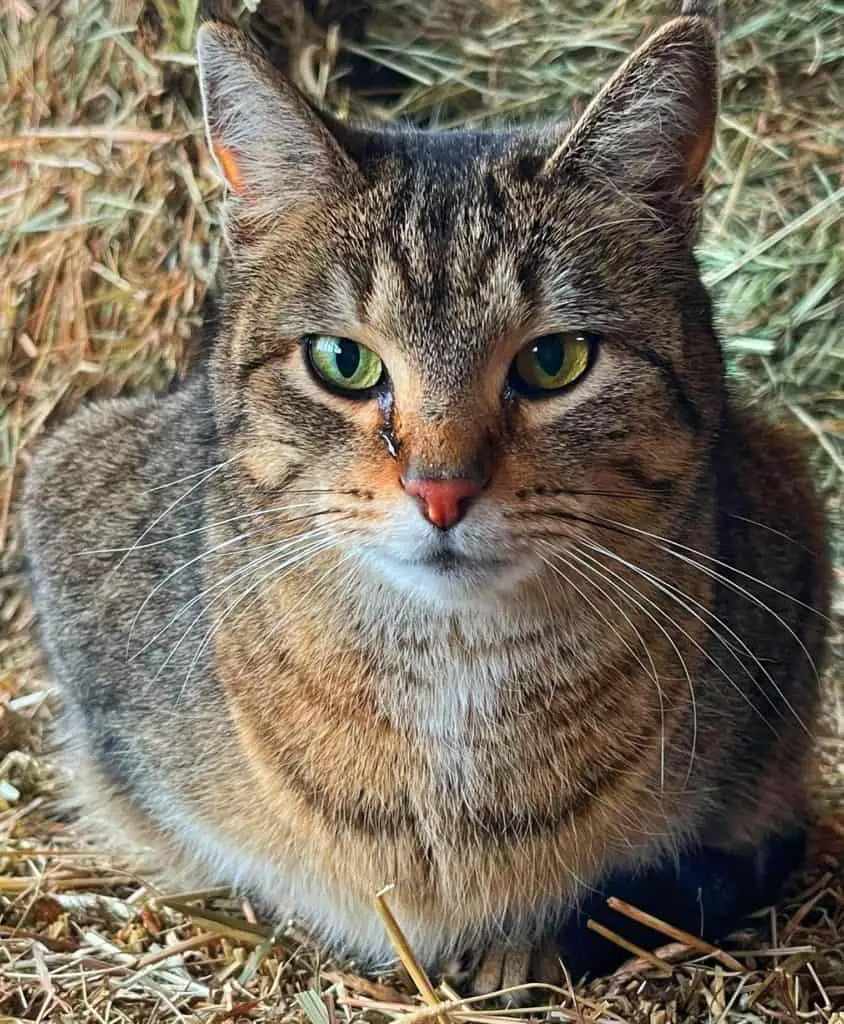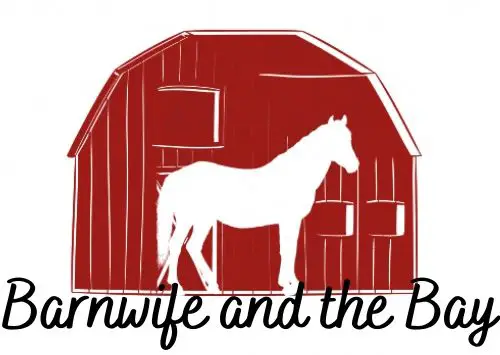
Every horse farm is different, and runs differently. So what do you really need to keep horses at home?
I’ve compiled a list of things big and small you might need for your backyard farm. It’s not necessarily comprehensive, but everything you need to get started is included. There will likely be things you’ll find invaluable on your farm that I don’t have on my list. If that’s the case, I would love to hear about it in the comments.
I’ve divided the list into Essentials – the general things and resources every horse farm needs to keep horses healthy and safe; Needs – the specific tools and supplies that make your backyard horse farm run smoothly (you could theoretically do without some of these depending on your particular situation); and Wish List – elements of a setup that would be ideal for horses and humans if money and other resources were no object.
Essentials to keep horses at home
- Land. How much land you need depends on your local regulations. Check with your county and township to see what the local rules are regarding how many acres you need per horse. Don’t forget to check the zoning, to make sure your place is zoned to keep horses.
- Horse-safe fences. Fences are horse-safe if the posts are sturdy and it wouldn’t be easy for a horse to get a body part caught or lacerated by the fence. Barbed wire is not safe for horses. If a woven wire or mesh fence is used, it’s best if the openings are such that a hoof could not possibly go through them. It’s helpful if electrified wire, braid, or tape is a component of the fence, to encourage horses to respect them.
- Shelter. Big enough for all the horses to stand in comfortably, and shaped so that it would not be easy for one horse to corner another inside. Three-sided run-in or loafing sheds are common. A good rule of thumb is 100 square feet for the first horse and 50 square feet per additional horse is an adequate size. Alternatively, a barn with stalls for each horse.
- Water source. An individual horse will drink on average 5-10 gallons of water per day. If the temperature dips below freezing where you live, you must have a way to keep the water accessible and free of ice in the winter. Many farms use a stock tank to supply water. In the winter, an electric tank heater is dropped in. A copper ground wire is an essential part of this setup if you don’t want to worry about your horses getting shocked by the water if the heater shorts. This is what I do on my farm.
- Hay and/or grass. Forage is the main component of the equine diet.
- Salt. Horses need 1-2oz of salt per day. This can increase to 4-6oz per day in hot climates or when they work hard and sweat. Salt can be given free-choice via a salt block or added loose to feed.
- Feed concentrate. Many horses need nutritional supplementation on top of their forage. Many feed companies have PhD nutritionists that will help you balance your horse’s diet for free. Your horse’s veterinarian is also a great resource if you have questions about what to feed your horse.
- Somewhere secure to store feed and hay. Feed concentrates should be stored in a room or container where mice, possums, raccoons and other pests cannot get to it. Hay should be stored someplace dry with good air flow.
- Manure management plan. One horse produces roughly 40lbs of manure per day. Plans to deal with this vary widely depending on your setup. Your plan could include
- A safe area to stockpile or compost manure, with an impermeable base and controlled runoff
- A spreader and tractor to spread it directly on fields
- A dump trailer and truck to take it somewhere for disposal
- Muck boots. Boots that will keep you dry (and warm if you have cold weather) as you wade through mud and manure. I love my Itasca River Boots.
- Horse care professional team. A veterinarian, and a good farrier or other hoof-care professional.
- Time. This will also vary depending on your setup and routine, but it will never be trivial. At my place, it takes me around 2-3 hours every day to complete barn chores. Then add on pasture and arena care, farm maintenance, and repairs. And you’ll probably still want to squeeze in time to ride your horse at some point.
Needs to keep horses at home
- Wheelbarrow or dump cart. Most of the time you will need to take manure from the stall or paddock to another place to stockpile or spread. A wheelbarrow or dump cart is the easiest way to do this. I love my Gorilla Cart.
- Manure fork. To pick up manure. I find it helpful to have a plastic one for cleaning stalls and a sturdy metal one for picking up manure from the paddock and arena.
- Drag or harrow. Many farms have large pastures or fields where it is easier to drag manure out than to pick it up. The drag can also be used to groom the arena, if you have one.
- Something to pull the drag/dump cart/manure spreader. I use our lawn tractor. Other options are a 4-wheeler, tractor, or UTV/side-by-side. Or you can get creative and use your horse or pony!
- Hose for water. For me, it’s important that the hose be long, to reach everywhere it needs to, and expandable. The expandable type allows it to be drained and brought inside in the winter. Otherwise it will freeze and create a headache.
- Feed buckets. Or feed bags, or corner feeders. Safe containers from which your horses can eat their feed concentrates.
- Water buckets. If your horses come inside to stalls where they don’t have access to the outdoor water source.
- Feed scoop. To feed a consistent amount of concentrate every time.
- Scissors. To cut baling twine, and anything else that needs cutting.
- Stall bedding. If you have stalls. This can range from sawdust from a local mill, to straw, shredded paper, pellets, or recycled cardboard.
- Broom. To sweep the aisle way (whether it is paved or not) and get rid of cobwebs from the barn.
- Place to store your tack. This could be a room in the barn, a tack box or locker, or a large tote. Or a place in the house. Just a place that will keep your tack safe and dry so it stays handy and in good condition.
- Cats. I’m serious. Cats are the safest and most reliable way to control rodents around the farm. And rodents always need controlling around the farm.


- Truck and horse trailer. Even if you don’t plan to trail ride or show, you should have a way to move your horse if they need to go to the vet or in case of emergency. These move up the list of essentials if you live in a disaster-prone area, like a hurricane or wildfire area.
- Equine first aid kit. This could include
- stethoscope
- rectal thermometer
- clean towels
- duct tape
- baby diapers (make good bandage material)
- vet wrap
- epsom salts
- betadine or other antiseptic
- and more
Wish List to keep horses at home
- Barn with stalls, electricity, and water inside. Bonus if it’s insulated and ventilated with ridge vents.
- Arena. Or other level place to ride with good footing and good drainage. Bonus if it’s an indoor.
- Dry lot with mud-free footing to keep horses in when they cannot be in the pasture.
- Automatic waterers in stalls and fields. Or at least in the fields. This would save tons of time watering horses, and save the frustration of dealing with hoses.
So, how much might it cost to keep a horse at home?
As you can see, there are many different costs to consider if you’re thinking about bringing a horse home.
Ready my detailed breakdown of everything I spent on my horse for a full year here. Spoiler alert: the total was over $4,000, but only about $400 actually came out of my pocket!
See for yourself how it’s possible to afford a horse.
Want to learn more? Jump into these too!
